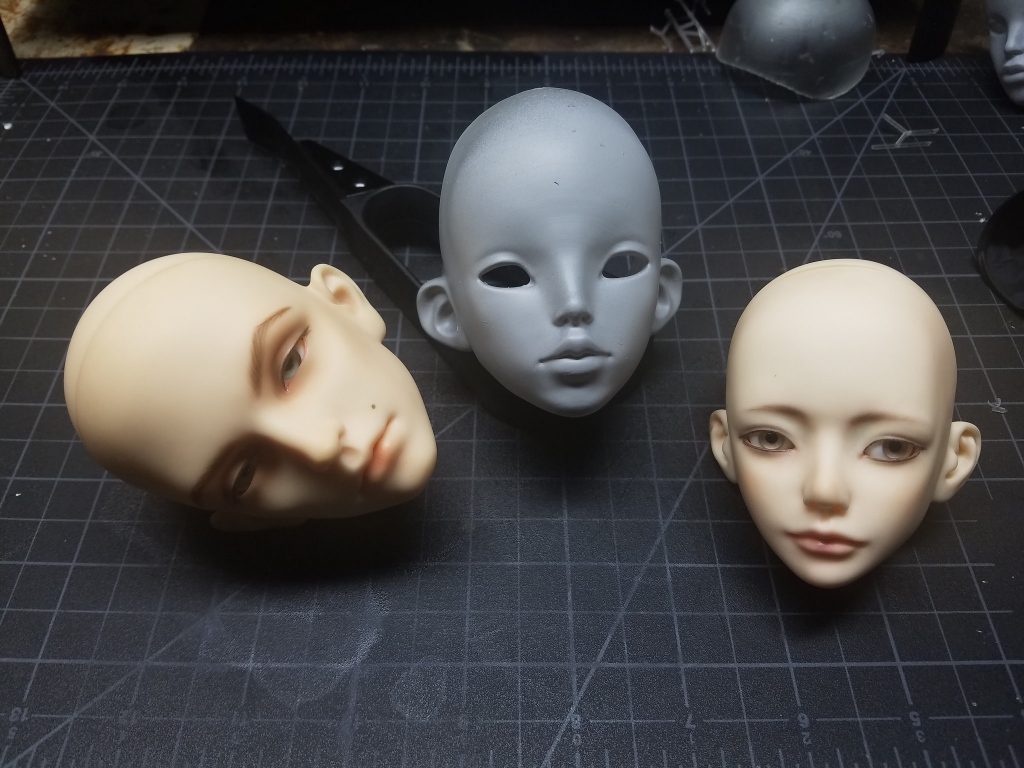There are many practical uses of a 3D printer, you can use it for making firearms, experimental objects and even prosthetics. Now you can even make a 3D print of a living human head that is as accurate as it gets. According to reports, Forbes reporter Thomas Brewster got himself a 3D printed model of his own head so that he can test the face unlocking mechanism on a range of smartphones, four Andriod models and an iPhone X.
The results have shown that the bust was able to successfully unlock all Android devices, except for the iPhone X. Gone are the days of the trustworthy passcode, which might seem uncomfortable to the newer generation but the recent experiment has shown that it is one of the most effective ways to keep your device safe. Phone makers are pushing for technologies that make unlocking of devices super fast and easy. The passcode isn’t one of them. While iPhone with its latest models has ditched fingerprint reader, the Google’s Pixel 3 has shunned facial unlocking in favor of fingerprint technology.
3D-Printed Heads Poses Data Safety Issues
3D-printed heads can leak your data to others and if tomorrow the hackers want to steal your data, there’s hardly any foolproof way to stop them from unlocking your devices. It seems that the best way to secure your phone is to use passcode along with your other safety measures. Also, don’t think that cops won’t be using your 3D printed busts to unlock your phone as there is no regulation that stops them from doing it.

Around the world, the authorities have forced individuals to unlock their phones. You have the right to not to disclose your passcode to the police but you will be forced to spit out the password eventually. With face unlock, a police personnel can simply point the device to your face and unlock the device. Such cases of forceful accessing of phones aren’t something new.
The 3D-print technology is going to add to this madness of unlocking phones and other devices. Maybe someone is already thinking of applying it. Some might argue that this isn’t the best way to unlock a phone as it will increase the cost and take so much more time than usual.
Senior counsel, Jake Laperruque told TechCrunch that “A situation where you couldn’t get the actual person but could use a 3D print model may exist,” he said. “I think the big threat is that a system where anyone — cops or criminals — can get into your phone by holding your face up to it is a system with serious security limits.”
Finally, those who think that passcode is history might want to reconsider it. Passwords are here to stay, that is if you really want to have an added layer of security in your devices. So, it seems that using the combination of password along with facial or fingerprint technology is the way to go.

